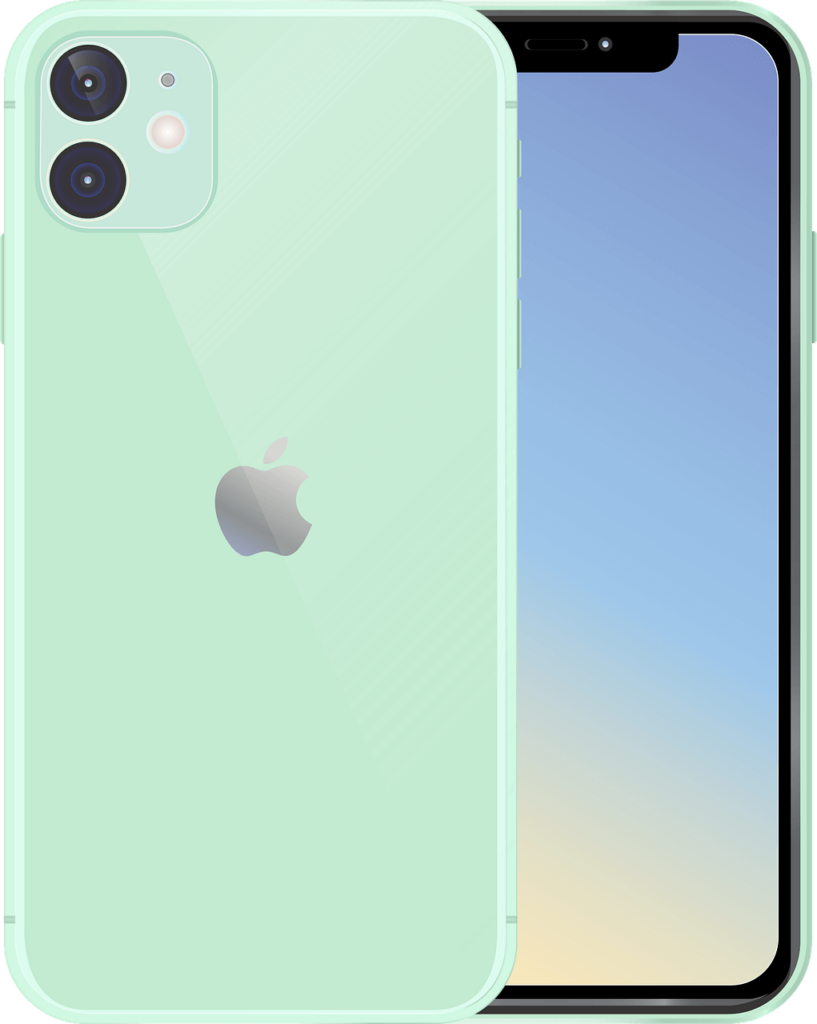With 95% of Americans owning a smartphone and checking it around 96 times a day, advertising on this device is a massive source of profit for companies and digital agencies. Can advertisers target specific audiences on mobile? On specific devices?
What is device ID (DID) and how is it used in Marketing? Will cookieless measures impact the use of device ID in digital advertising?
Today, learn why device ID targeting is used in marketing and how it works, with the help of Ted Jordan, your Programmatic Expert and Trainer.
What is a device ID
A device ID, also called DID, is a unique identifying code made of numbers and letters, which is used to identify specific devices such as mobiles, tablets, desktops or connected devices (such as connected TVs or XBOX).
This unique code is used to track users’ activity through apps in order to build audiences or send specific ads through these apps, to target audiences or devices.
Since 2021, there have been some shifts in the advertising industry that impacted the use of Android device identifiers; it also impacted device ID for iOS devices. More about this in a bit.

Device ID and mobile ID
Before joining our Programmatic online course, students often ask us if there is a difference between device ID and mobile ID.
Device ID identifies all types of devices while mobile ID (or mobile advertising ID, mobile phone device ID) is used to specifically identity mobile devices (smartphones).
What does IDFA mean?
When setting app campaigns up on DSPs, you might see the term IDFA appear even though it’s now out of fashion. Indeed, IDFA corresponds to the device ID used on iOS (Apple mobile phones or laptops); IDFA means Identifier For Advertisers. Since the rollout of iOS 14.5, iOS users must give their consent for advertisers to access their identifying code.
If you own an Apple iPhone, your iPhone device ID (or mobile phone device ID) will only be shared if you gave your consent when you bought your phone.
IDFA used to replace UDID on Apple devices, which was a Unique Device Identifier code with 24 characters.
To follow users’ privacy laws and let marketers receive performance information, Apple put in place SKAdNetwork (or SKAN). SKAdNetwork means StoreKit Ad Network. It was introduced in 2018 by Apple to facilitate attribution campaigns while preserving users’ privacy and security on mobile phones.

Device ID targeting in digital marketing
Targeting in digital marketing is key to increase chances of conversion: the better you target and reach your audience, the higher is your conversion rate.
So how can advertisers target specific audiences? What is device ID targeting?
Advertisers and marketers use website cookies or third-party data or… device IDs. Device IDs are used by advertisers to track and analyse data for each device. This way, they can personalise ads or advertorial contents for a specific device. Combined with other targeting options, device ID targeting represents a powerful tool in marketing campaigns.
The use of device ID is significant in App Install or CTV campaigns. Marketers can easily retarget specific devices or mobile models thanks to device ID targeting. For example, they can display ads only to owners of iPhone 14 if they want to.
It’s important to note that a device ID is not only useful for targeting (device ID targeting) but for attribution too.
Device IDs over cookies
Device IDs are much more efficient and precise than cookies, mainly on mobile devices. The reason is that cookies have a relatively short lifetime (generally 30 days) while device IDs don’t change until users reset it or change their mobile phone (or other devices).
Device IDs allow advertisers to better understand their audience because they can track their actions on apps. Knowing what type of actions users take or what type of apps they like is essential to offer them a better experience with advertising.
Also, a crucial point is that third-party cookies will disappear soon: advertisers need to find other ways of tracking data while being GDPR or CCPA compliant. Depending on the country or the device they target, marketers have to follow many strict rules nowadays. These rules have been created to protect users’ data and privacy.
If you run digital marketing campaigns, we recommend that you get familiar with device ID targeting.
Examples of device ID targeting in marketing
For you to get a better picture of why device ID targeting is used in marketing, here are some examples:
- Device ID and geolocation
You own a restaurant and want to find more customers. You can use geolocation to target all device IDs within a certain area and only target device IDs using delivery apps (Uber Eats, Deliveroo, Just Eat, DoorDash…).
You then launch an ad with an attractive offer only on these devices, which represent an audience interested in “easy-to-eat food” and who lives near your restaurant.

- Device ID targeting and apps
You just launched a new app and want people to download it in order to make some profit. You can target device IDs using similar apps to yours to increase the chances of app download.
Or if you sell sportswear, you can target device IDs using apps like Nike, Adidas, JD Sports… or apps for workout programs.
The end of device ID targeting?
With a cookieless future ahead, you might wonder if device ID targeting will still be used in the coming years.
First, cookies and device IDs don’t work the same way as we mentioned. Device IDs stay most of the time the same until a user decides to change the device ID manually or stops using the device (a mobile phone, a connected TV…).
Then, it’s true that user’s privacy laws make the use of device ID more difficult: iOS users must give their consent for marketers to access their device ID and Android users’ device ID represents a succession of zeros if they don’t allow personalised advertising on their device.
Despite all these changes, device ID targeting is still largely used by advertisers on Connected TVs and mobile devices. We are confident device ID targeting will not disappear anytime soon because it’s part of the cookieless targeting options available in the Programmatic world.
Now, you know how device ID is used programmatically or in marketing, and why advertisers love this targeting and tracking feature. Device ID targeting on mobile phones and other connected devices is far from being over.
Want to know more about Connected TV or website cookies? Check these articles: Connected TV advertising explained, Cookies 101 for beginners.




